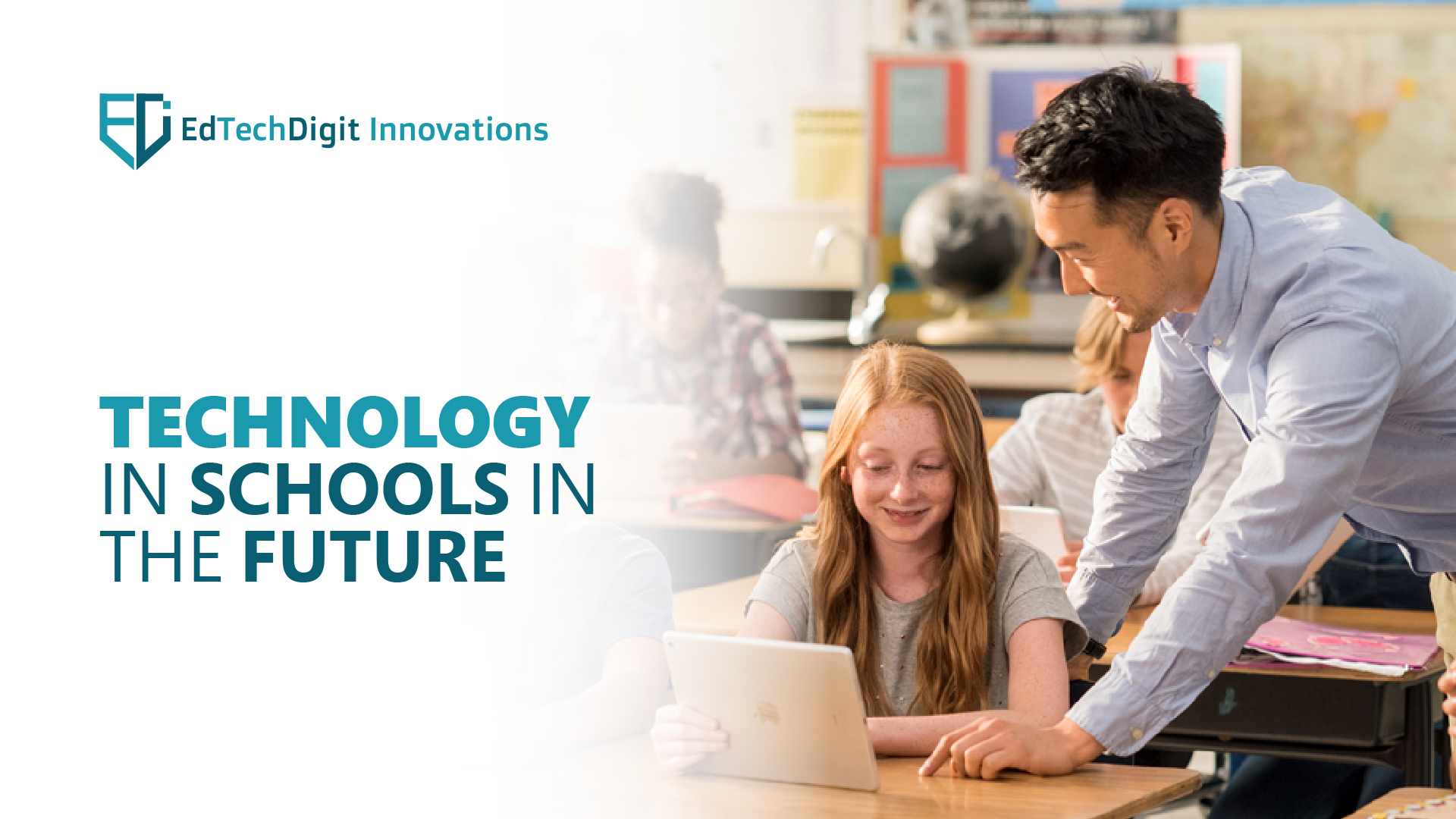Technology has irrevocably woven itself into the fabric of our daily lives, and its impact on education is profound and multifaceted. From interactive whiteboards to AI-powered learning platforms, schools are embracing learning technology to create more engaging, personalized, and effective learning experiences for students.
1. Multi-Sensory Personalized Learning:
One of the most significant transformations brought about by technology is the rise of personalized learning. Using interactive projectors, teachers provide dynamic visuals and interactive content that gets projected onto surfaces. Technology, however, offers a powerful solution.
- Adaptive Learning Platforms: These platforms utilize AI algorithms to assess a student's strengths and weaknesses in real time. They then tailor the learning path accordingly, providing individualized challenges and support. This ensures that each student learns at their own pace and receives the appropriate level of difficulty, fostering a deeper understanding of the subject matter.
- Personalized Learning Plans: Teachers can leverage technology in schools to create customized learning plans for each student. This may involve assigning different reading materials, providing access to specific online resources, or recommending engaging educational games based on individual learning styles.
2. Enhanced Engagement and Collaboration:
Technology in education has the power to make learning more engaging and interactive.
- Interactive Whiteboards: These dynamic tools replace traditional chalkboards, enabling teachers to present information in a more visually appealing and interactive manner. Students can actively participate in lessons through touch-based interactions, making learning more collaborative and enjoyable.
- Virtual and Augmented Reality: Immersive technologies like VR and AR can transport students to different historical periods, explore the human body in 3D, or conduct virtual science experiments. These experiences can make learning more tangible and exciting, fostering a deeper understanding of complex concepts.
- Online Collaboration Tools: Platforms such as Google Classroom, Microsoft Teams, and Padlet facilitate seamless communication and collaboration among students and teachers. Students can work on projects together, share ideas, and provide feedback, fostering a sense of community and teamwork.
3. Access to a Wealth of Information and Resources:
The internet has revolutionized access to information.
- Online Libraries and Databases: Students can easily access a vast repository of knowledge through online libraries, educational databases, and reputable websites. This empowers them to conduct in-depth research, explore diverse perspectives, and develop critical thinking skills.
- Educational Videos and Simulations: A wealth of educational videos, simulations, and interactive tutorials are readily available online. These resources can supplement classroom instruction, provide visual explanations of complex concepts, and cater to different learning styles.
4. Developing 21st-Century Skills:
Technology is crucial for developing the essential skills that students need to succeed in the 21st century.
- Digital Literacy: Using technology effectively requires students to develop strong digital literacy skills, including critical evaluation of online information, safe internet usage, and ethical digital citizenship.
- Problem-Solving and Creativity: Many technology-based learning activities encourage students to think critically, solve problems creatively, and develop innovative solutions.
- Communication and Collaboration: Online platforms and collaborative tools foster effective communication and collaboration skills, which are highly valued in the workplace and beyond.
5. Data-driven Learning
Teachers can ascertain students’ performance over time by identifying patterns in student scores for different subjects; thereby facilitating formative assessments, ongoing evaluations, and delivering constructive feedback. Educators can curate a personalized learning plan, to help address both individual needs as well as promote student agency.
6. Addressing Equity and Accessibility:
While access to technology can sometimes exacerbate existing inequalities, it also presents opportunities to address equity and accessibility in education.
- Reaching Remote Learners: Technology can bridge the gap for students in remote areas who may have limited access to quality education. Online learning platforms and resources can provide them with access to high-quality instruction and educational materials.
- Personalized Support for Students with Special Needs: Technology can provide personalized support for students with special needs. Assistive technologies, such as screen readers and text-to-speech software, can help students with disabilities access educational materials and participate fully in the learning process.
Challenges and Considerations:
While the integration of technology in education offers numerous benefits, it also presents some challenges:
- Digital Divide: Unequal access to technology and reliable internet connectivity can exacerbate existing inequalities in education.
- Teacher Training: Effective integration of technology requires adequate teacher training and professional development to ensure that educators are equipped to utilize these tools effectively.
- Data Privacy and Security: Protecting student data privacy and security is crucial when using technology in the classroom.
- Screen Time and Well-being: Excessive screen time can have negative impacts on student well-being. It is essential to promote responsible technology use and encourage a balanced approach to technology integration.
The Future of Technology in Education:
The role of technology in education is constantly evolving. Emerging technologies such as artificial intelligence, machine learning, and blockchain have the potential to further transform the learning landscape.
- AI-Powered Tutors: AI-powered tutors can provide personalized feedback and support to students, adapting to their individual needs and learning styles.
- Blockchain for Secure and Transparent Education Records: Blockchain technology can be used to create secure and tamper-proof educational records, ensuring the authenticity and transparency of academic credentials.
- The Metaverse and Immersive Learning: The metaverse has the potential to revolutionize learning by creating immersive and interactive learning environments that go beyond traditional classroom settings.
What lies ahead?
Technology is playing an increasingly vital role in shaping the future of education. By embracing innovative technologies and thoughtfully integrating them into the learning process, educators can create more engaging, personalized, and effective learning experiences for all students. While challenges remain, the potential benefits of technology in education are significant, and its continued evolution promises to transform the way we learn and grow.


